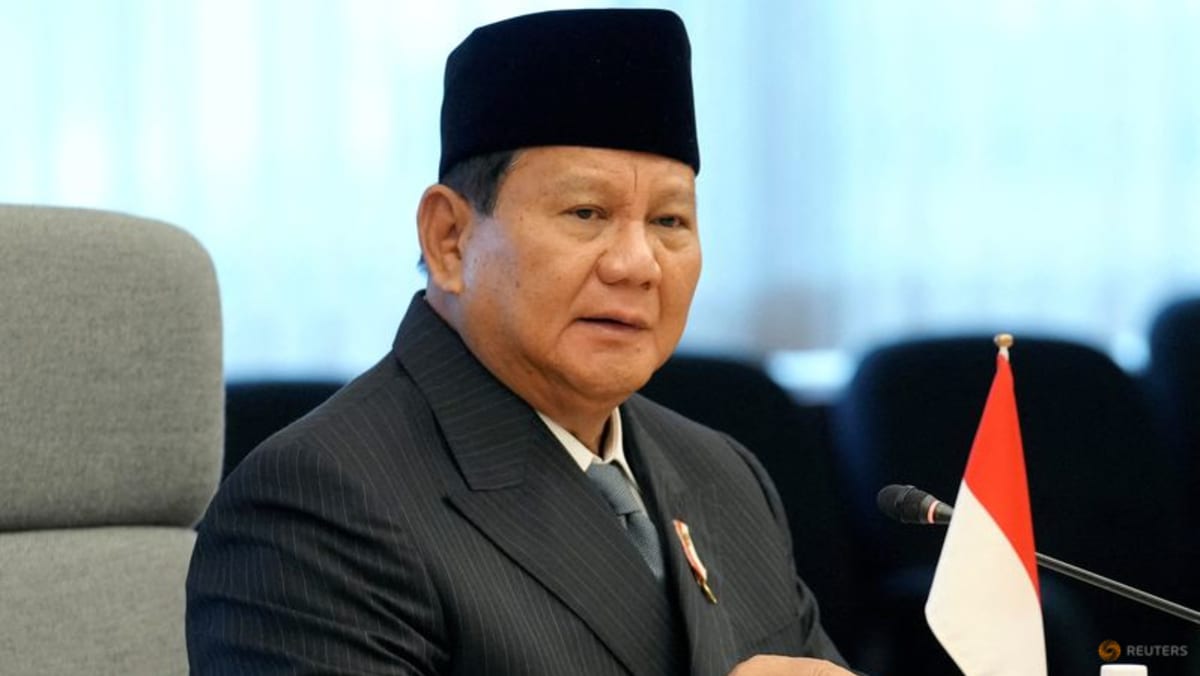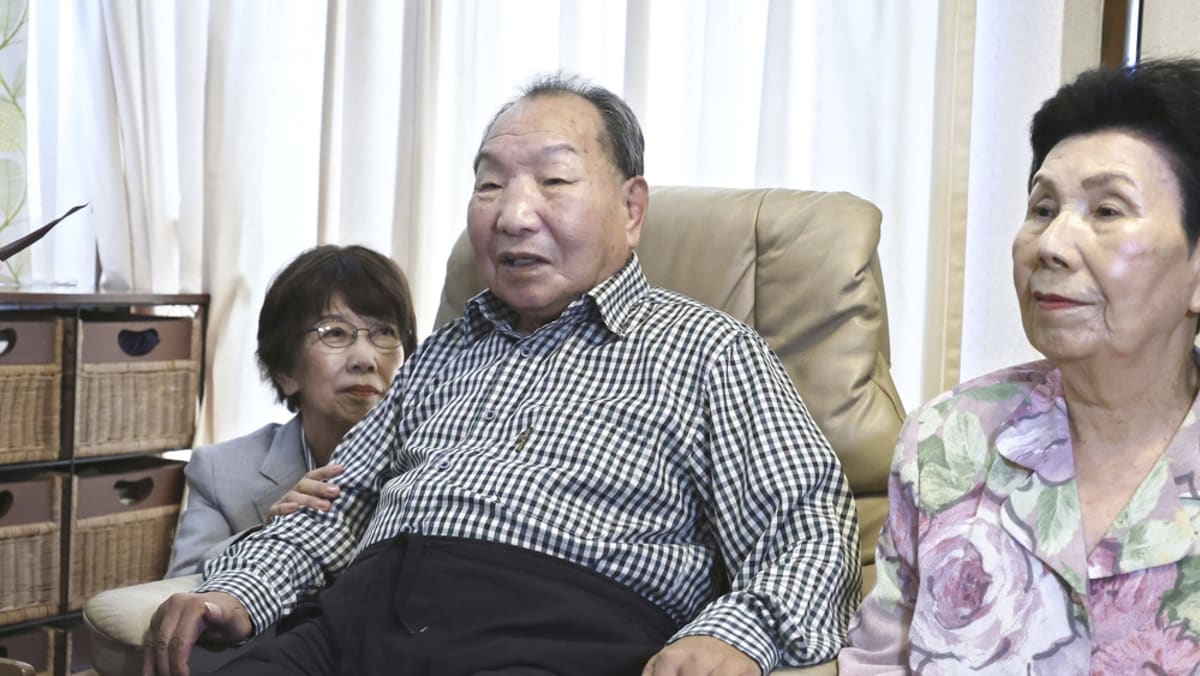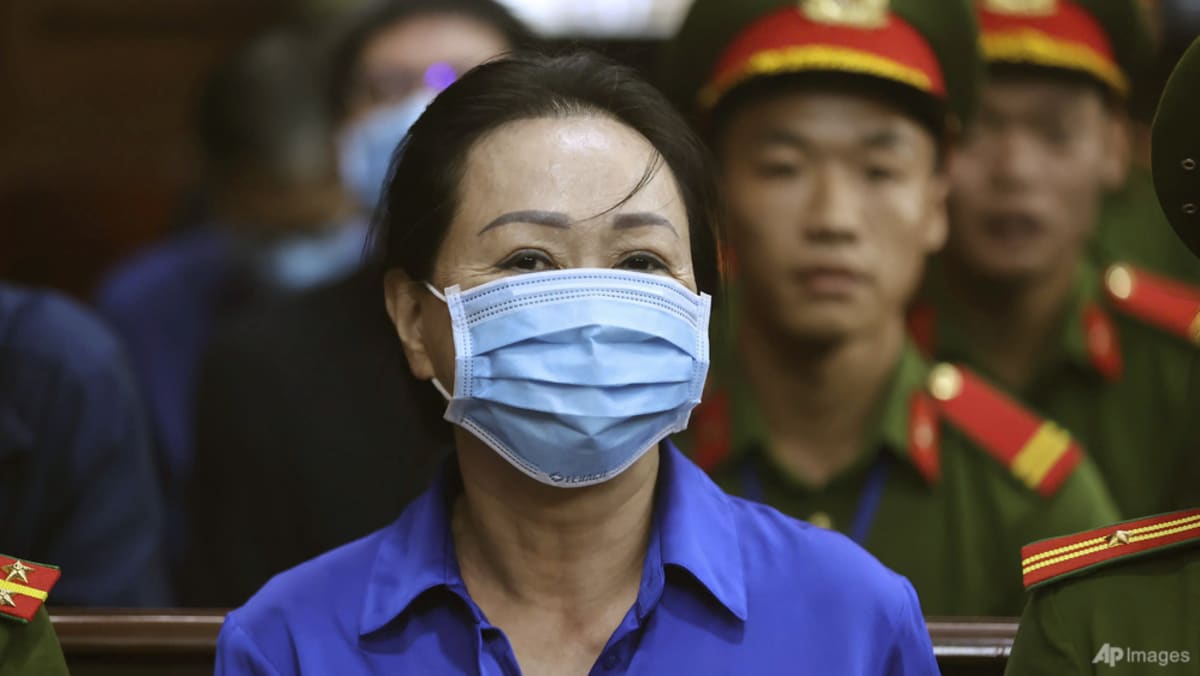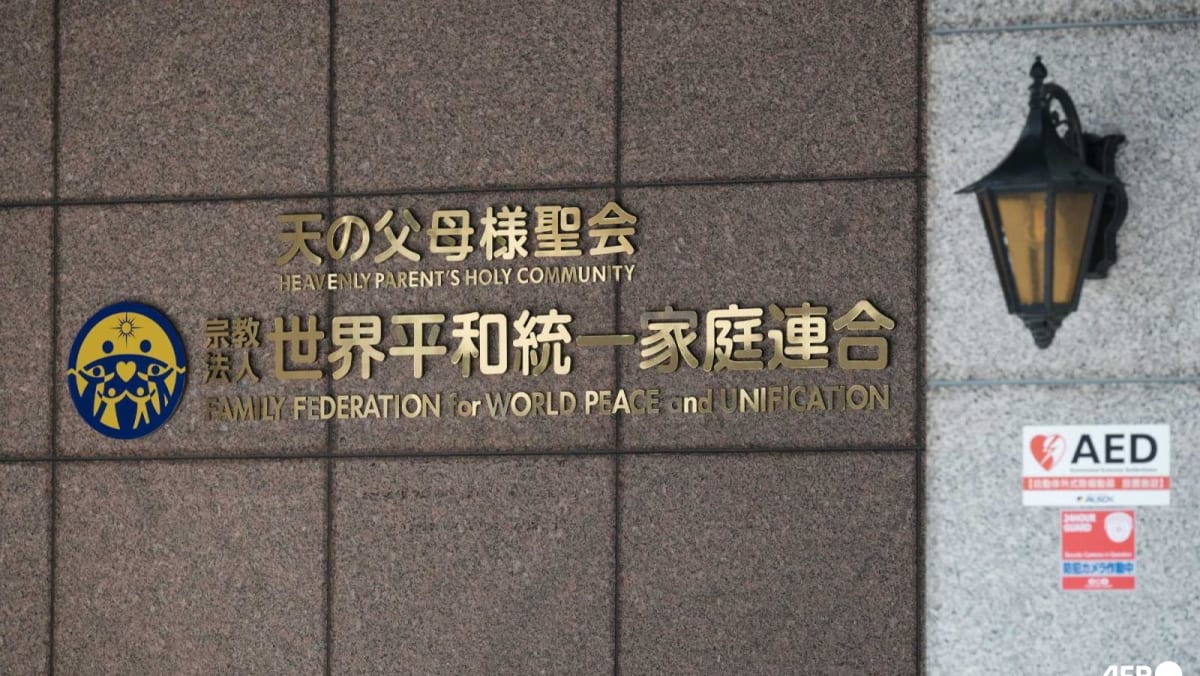Commentary: Anticipating the first moves of Indonesia president-elect Prabowo

RISK OF INEFFECTIVE COORDINATION
There have been rumours about Cabinet composition, partly seen as problematic because of the anticipation that Prabowo’s Cabinet will be much bigger than Jokowi’s.
News reports speculate that as many as 44 to 46 ministers (and ministries) might take office. The new Ministerial Law, ratified on Sep 20, removed the cap of 34 for Cabinet positions, thus allowing future presidents to have free rein.
There are also speculations that new ministries and agencies will be created and existing ones overhauled or split up.
New coordinating ministries mentioned include one for Society, while new ministries may cover policy areas like Education, Research and Technology, Environment, Forestry, Creative Economy, Law, and Immigration and Penitentiary, and new agencies oversee Presidential Communication, Nutrition, and State Revenue.
Such expansion may mean that the Cabinet could suffer from ineffective coordination. More importantly, any institutional arrangement of new or even restructured state institutions will take considerable time.
As a result, the new Cabinet will not be able to work straight away on the programmes Prabowo has promised. At the substantive or technocratic level, a larger Cabinet dilutes policy focus, with ministers pursuing their own agendas rather than national priorities.
By including key political players in his Cabinet, however, Prabowo may be able to win political payoffs and create a more unified front in parliament, particularly if he offers Cabinet positions to the Indonesian Democratic Party of Struggle (PDI-P).
We may know the composition of the Cabinet earlier than Inauguration Day but some speculative reports mention several loyalists who could play prominent roles.
The names include Setyo Hadi, Sugiono, Rachmat Pambudi, Sjafrie Sjamsoeddin, Anggito Abimanyu, Burhanuddin Abdullah, and current Cabinet members like Pratikno, Azwar Anas, Airlangga Hartarto, Budi G Sadikin, and Erick Thohir.
Source: CNA














